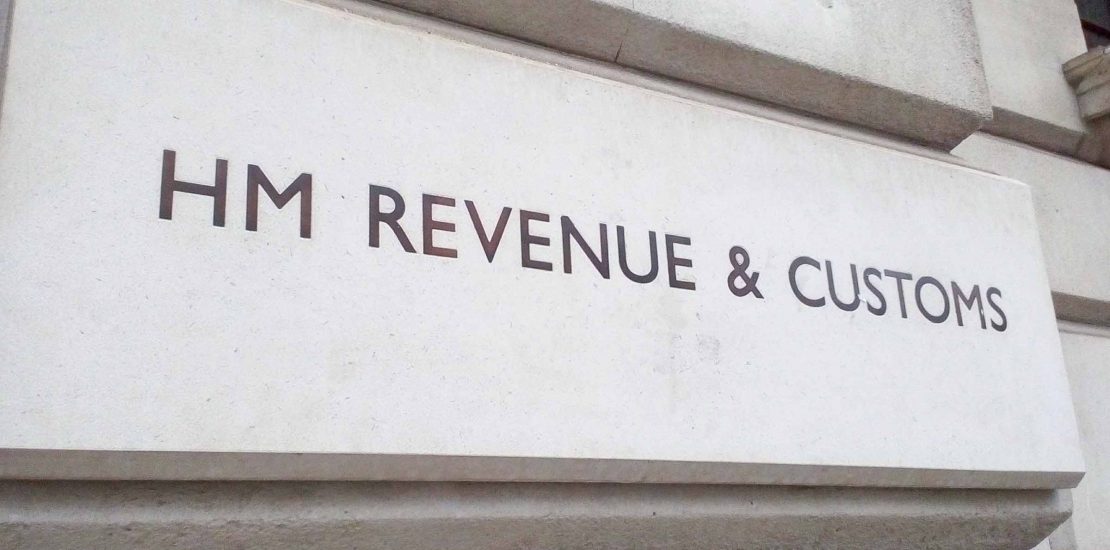- October 28, 2025
- Posted by: FCS Compliance
- Category: Art Market, News

Have you read HMRC’s most recent updates for art market participants (AMPs) on risks within the art market?
Even if your business has not changed, the money laundering and compliance risks identified by HMRC have, and AMPs have a legal duty to be aware of, identify, and mitigate both new and previously recognised risks.
These evolving risks make AMPs vulnerable to abuse by criminals, and HMRC reminds the sector of its anti-money-laundering (AML) obligations to assess and protect against potential exploitation. Applying professional judgement has never been more critical — pay close attention to what the customer says, what questions they ask, and how they respond to yours.
2025 HMRC Updates
Earlier HMRC guidance focused on money laundering (ML) and terrorist financing (TF), but proliferation financing (PF) was not previously included. All three risks — ML, TF and PF — must now be considered in your risk assessments, policies, and procedures, with mitigation steps proportionate to your business’s size and nature.
HMRC identifies risks common to all art market participants, whether operating in the primary market, secondary market, or as an art adviser or auctioneer. These include:
- High-risk jurisdictions
- Unusual sales or purchase activity
- Off-record sales
- Anonymity
- Face-to-face vs remote transactions
- New customers
Proliferation financing and high-risk jurisdictions
High-risk jurisdictions have always presented challenges for AMPs, but there is now greater visibility and new factors to consider. Previously, attention focused on Financial Action Task Force (FATF) Black and Grey List countries, which remain high risk and require enhanced due diligence (EDD).
Additional risks for each jurisdiction may include:
- Levels of bribery and corruption
- Tax evasion
- Capital flight
- Conflict zones
- Organised crime activity
Proliferation-finance risks are particularly associated with the following countries — as well as with politically exposed persons (PEPs), governments, and government-owned entities within them:
- Iran
- North Korea
- Russia
- Syria
Transaction Risks for AMPs
HMRC also highlights unusual and off-record transactions — whether on the buy or sell side. “Unusual” is not precisely defined, so it’s essential to apply your professional experience, industry knowledge, and understanding of your client to identify irregularities.
Off-record sales often involve cash, which is inherently high risk within the art market’s AML framework. AMPs should document these transactions thoroughly and apply appropriate customer due diligence (CDD) and verification checks.
Customer Risks
HMRC emphasises the importance of carefully assessing new clients, remote clients (not met face-to-face), and those attempting to maintain anonymity.
When onboarding new clients, consider whether their references are genuine or if they could be acting on behalf of another party. Remote clients present higher risk as identity verification is harder, while anonymity poses similar risks by obscuring the source of funds and ownership of artworks.
Managing AML Risks in the Art Market
These highlights summarise the key AML risk indicators and HMRC guidance for the art market. Each identified risk should be considered on a case-by-case basis and incorporated into your annual written risk assessment.
As an AMP, you have a duty to understand the risks facing your business and implement effective procedures to mitigate them — including customer due diligence (CDD), enhanced due diligence (EDD), and comprehensive risk assessments for art dealers and auction houses.
To stay compliant and up to date, join one of our monthly AML refresher training sessions, where our specialists explain the latest risks, answer questions, and help ensure your business meets its regulatory obligations.
Contact our team to speak with a compliance consultant and safeguard your business against the risks highlighted in the National Risk Assessment.

